
What do the streets of Once say?
text and photos by Kevin VaughnThis story is part of a monthly collaboration with POSCO, a small Argentine company that produces vegetable-cured, hand-crafted leather shoes. Once a month, MATAMBRE x POSCO will bring a story inspired by walking in search of the simple pleasure of discovery.
hace click aquí para leer en castellano
I moved into a French-style apartment above a Peruvian restaurant in the loud, crowded, and extremely transient wholesale district of Once last spring. The restaurant’s kitchen extract moves up the central courtyard, so I wake up most morning to the smell of vegetables simmering in a warm broth, much nicer than the car horns outside. Later the smell of crackly fried chicken takes over my hallway like an alarm that signals me to take my lunch break. I often feel like I live with the ghost of a delightful Peruvian grandmother. Instead of slamming doors or knocking things from shelves, she leaves me with traces of Andean comfort foods that remind me to grab another snack instead of doing work.
Adjacent Abasto was the first neighborhood I moved to in Buenos Aires back in 2010. I lived in a studio on the 14th floor with a panoramic view of the city. Abasto is what I expected from a cosmopolitan — loud, a little grimey, and diverse. I was used to the sight of Orthodox Jews returning from temple, fascinated by their suits and wide brimmed hats, walking past women with coolers stuffed with steaming tamales; West African men with briefcases full of gold necklaces and watches for sale; people spontaneously dancing tango in corner cafes and the sound of salsa that screamed from the club next door.
I slowly moved further and further away until I reached the upper echelon of hipster aspiration in Colegiales. More green, more quiet, more homogenization. By proxy the food scene, with a handful of exceptions, is a lot of the same sanitization. Old restaurants that make food with little care and new spots that seem to mostly exist in social media. When I lived in Colegiales, I wrote about eating one flan everyday for 30 days. On most days, my dog Richard and I walked with no particular path. We’d choose a direction and head out of the neighborhood waiting to stumble across a restaurant. There were evenings we’d walk dozens of blocks without crossing a single place to eat and I realized that Buenos Aires isn’t a great restaurant city even if it does have some great restaurants. And so, when it came time to move, I settled on a neighborhood full of great places to eat.
Once isn’t what most Porteños would call a good dining neighborhood. In the Instagram sense, there is no scene. The restaurants are easily defined — Peruvian, Bolivian, an Armenian takeaway. No one explains their restaurant concept or how to order for the table. The service is nice when you act like a good guest and the menu deepens only when you return over and over again.
Although the culinary trend is moving towards recognizing immigrants that arrived after the Italians and Spanish, the narrative woven by journalists and influencers doesn’t fully connect the dots. Once is the neighborhood of consumption. If you don’t find what you’re looking for here it’s because it doesn’t exist. The same can be said of its food. Everything that we eat in Buenos Aires comes through here, usually in its most elementary format. And yet, it’s hard to imagine tangy mushroom anticuchos or ribeye with white radish kimchi next to pork tonnato on the menu at Picaron without the family-style Peruvian and Korean spots that began opening up in the 60s and 90s, respectively. The global palette we take for granted on new menus spread around the city can all be found here, without the clout it doesn’t care about. And as someone who wants to advocate for both kinds of restaurants, Once is a perfect place to live.
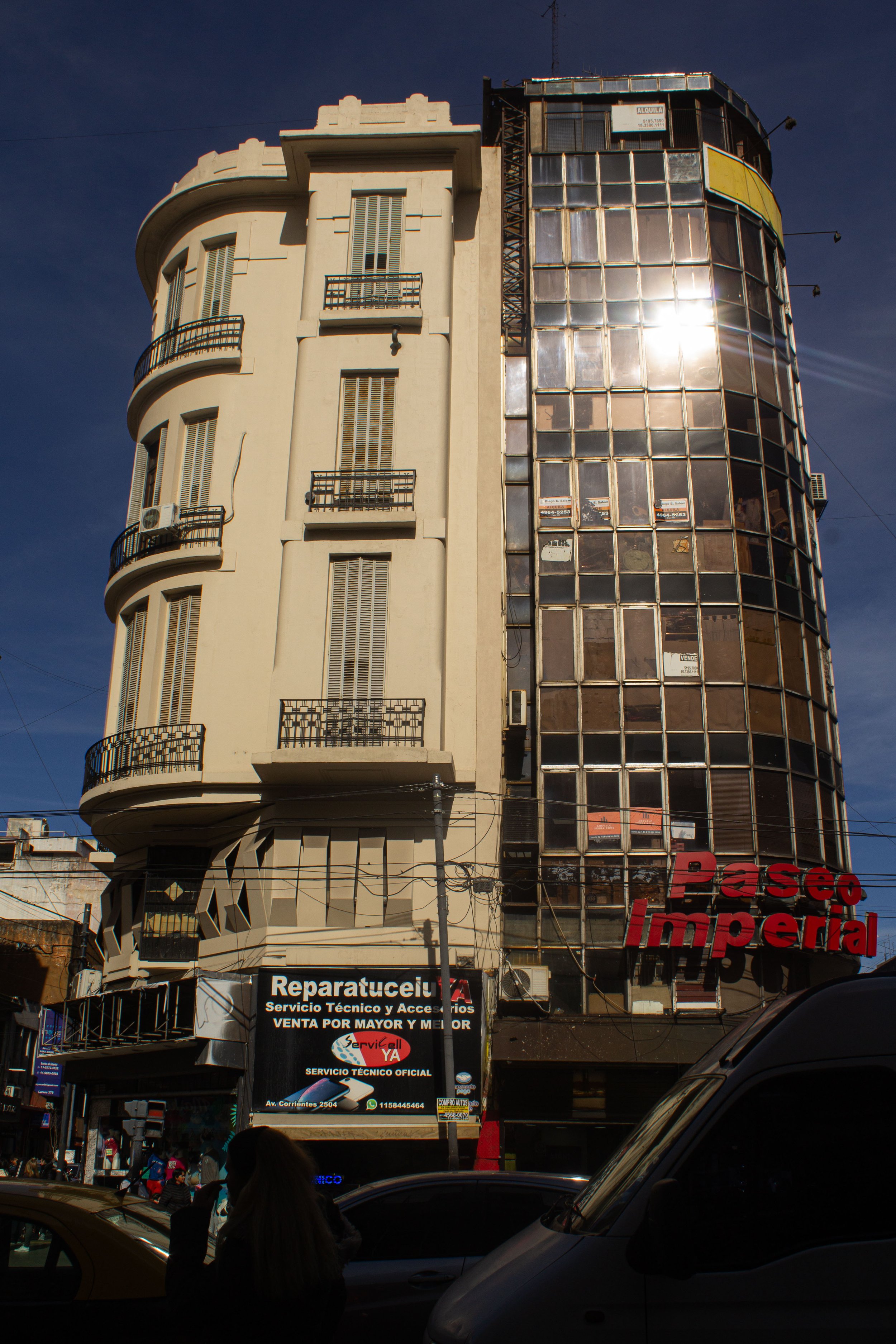
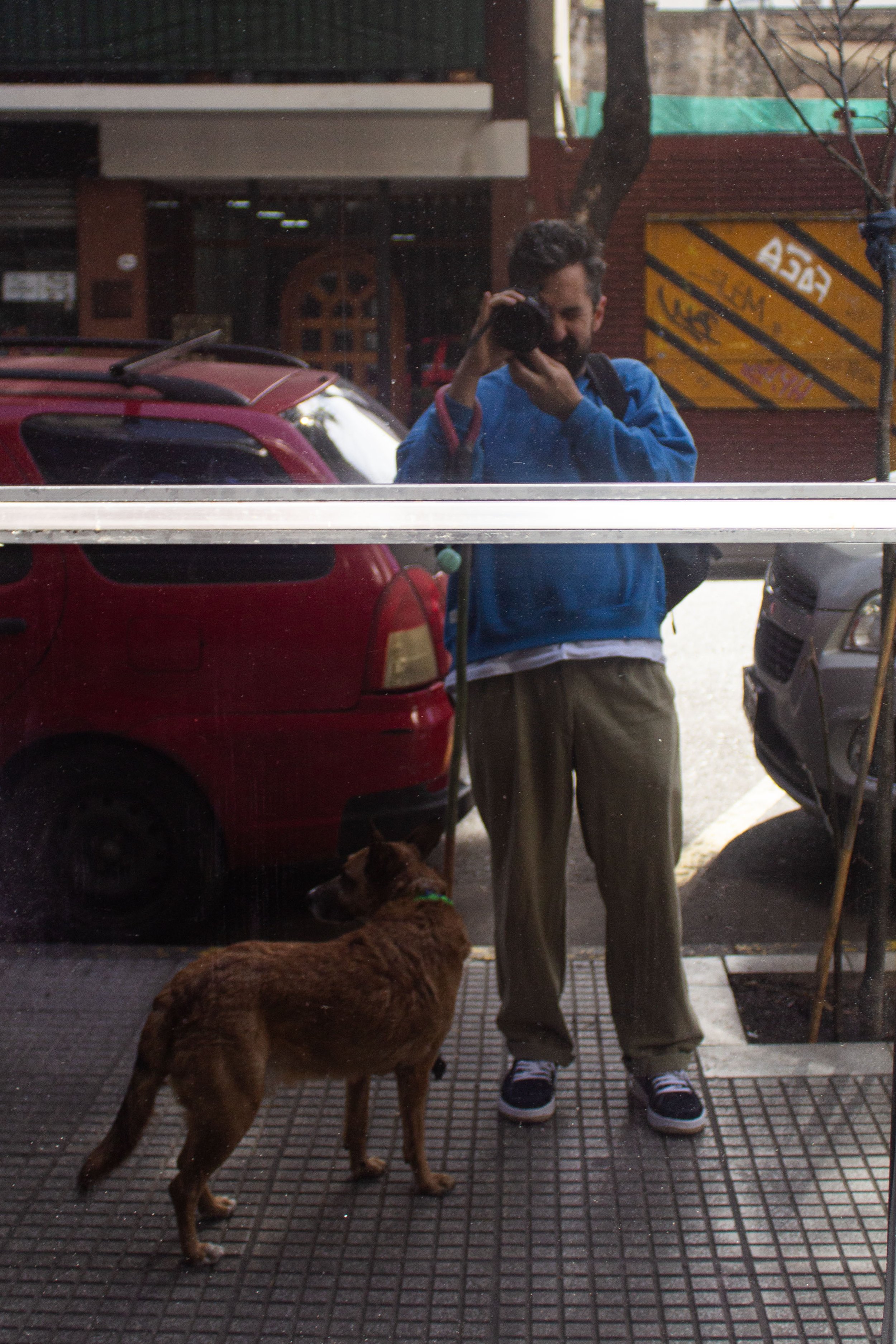
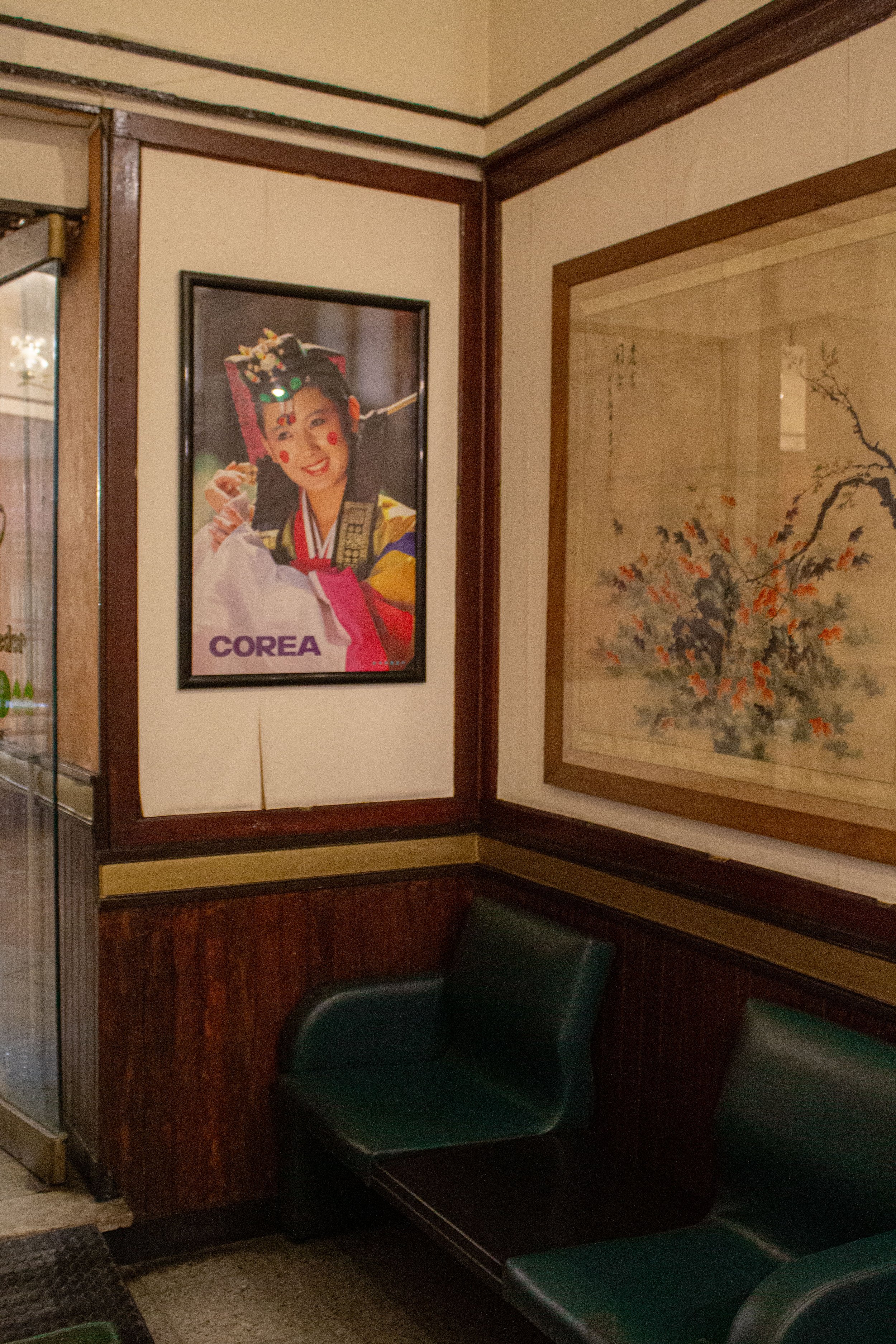
NOT A SUBSCRIBER BUT ENJOY READING MATAMBRE?
Nothing is really free. Your support pays editors, writers, illustrators, copy-editors, and translators.
BECOME A SUBSCRIBER OR SUPPORT WITH A SMALL DONATION
I’ve spent the last eight months trying to figure out what Once is, walking its streets everyday with Richard, starting with its lines on the map. I live on calle Viamonte, the far northern edge of the barrio, which some might argue is actually zona Facultad de Medicina. What is Once is mostly a matter of perspective. There are obvious landmarks: the Argentine Israelite Mutual Association (AMIA), the House of Seventy Balconies (and no flowers), the now-defunct Confiteria la Perla (where this song was composed in the bathroom), the train station, its adjoining plaza, and anywhere things are sold in bulk. Drawing the neighborhood's limits is pedantic and ephemeral, but I’m a sucker for definitions.
Since it’s an unofficial neighborhood, there are no official maps. The only map I can find is from a 1967 magazine article titled “Once: A Country Within Another”, sent to me by Apologias de Once, an Instagram account dedicated to photographing the neighborhood. The article describes the barrio of eleven Eurasian communities (Syrian-Lebanese, Russian Jews, Armenians) whose economy was as big as the entire Argentine state. The magazine defines the limits as 30 block expanse: Avenida Pueyrredon to the west and Junin to the east, Tucuman to the north and Peron to the south. Today, I would argue that it starts two blocks above Tucuman on San Luis and extends as far south as Adolfo Alsina. The south border has more obvious reasons: the palatial La Conga with its permanent line out the door, Sabor Norteño, vastly underrated for its ordinariness, and the always drafty chifa spot Lio San extend the border’s distinctly Peruvian sazón. The northern limit welcomes newer communities, like the Venezuelan bakery and Colombian empanada shop next to the old Jewish takeaways that interrupt the apartment blocks on San Luis. Another legitimate argument could be made for a western panhandle up to Billinghurst to claim Don Ignacio, a hole-in-the-wall that makes the city’s best milanesas and whose punk radiance is too shiny for north Almagro, an area more insipid than white bread.
Recently I saw a play by Tamara Tenenbaum titled Las Moiras, about a young Jewish woman from Once who becomes possessed by a spirit called a dibuk, which is neither good nor bad but a little bit of both. The dibuk convinces her to present a plan to the three women in charge of arranging marriages to switch to a computer algorithm. More modern, less judgmental. “Only in sin is there space for the divine,” the girl says, once the dibuk is ripped out of her. All of this is of course a fitting metaphor for the neighborhood, which refuses to be anything but itself, human, full of contrasts. Look up and you’re surrounded by romantic neoclassical French architecture, the kind we love to show to the rest of the world, arms outstretched, look, we’re European. But on the ground, the streets don’t lie.
“Look up and you’re surrounded by romantic neoclassical French architecture, the kind we love to show to the rest of the world, arms outstretched, look, we’re European. But on the ground, the streets don’t lie.”
My optometrist tells me I stare too much at screens and need to rest my eyes. I use this as an excuse to take a long midday walk through the neighborhood with Richard. Once is everything that Buenos Aires was and is squished into 30 blocks. The neighborhood is like an old rock formation, a bunch of different layers squeezed into one another, each adding their own color. Steaks next to a smoky grill at Omars, pepperoni pizza on a delightfully crunchy dough at the excellent Fugazi Pizza, waiting in line to order chipa and sandwiches de miga at Tío Pepe, orange salteñas at Carlitos and empanadas with plantains and black beans at Galipán (if you arrive to both on time), dumpling soup in the 80s dining room at Bi-won — criollo, latino, faraway universes all fit together.
On days I finish my work early, I take a book over to ADA, where I enjoy a tita cookies and double shot of espresso, or a thick pastrami sandwich on days I forget to lunch. Everyone at ADA learned Richard’s name before mine. He’s greeted with heavy pets (“Hola papi!”) and a bowl of water, which is brought immediately even if a dish is waiting to be delivered to another table. It’s a simple gesture that reminds me why I love this neighborhood. The streets are dizzy with people and noise but step inside and it feels like a little town. People ask how you are and they genuinely want to know.
The seats at ADA face the street like you’re sitting in an Italian piazza. The café looks outwards as if the neighborhood were an altar stacked with dollies, yarmulkes, and mazamorra. Although people love to complain on Twitter about flat whites and expensive medialunas ruining the sanctity of porteño culture, the chairs at ADA are always full of old vendors and new neighbors. No one resists change because change is all the neighborhood knows. It’s one of my favorite coffee shops, and not really because of the coffee, but because Pocho, the owner, understands exactly where he stands. Sitting in ADA isn’t so distinct from sitting in a bodegón like Lo del Balchicha, where I like to grab a stool at the bar or a seat by the window and order meatballs and mash. It’s right in front of the bus terminal and the constant flow of people never lets you forget where you are.

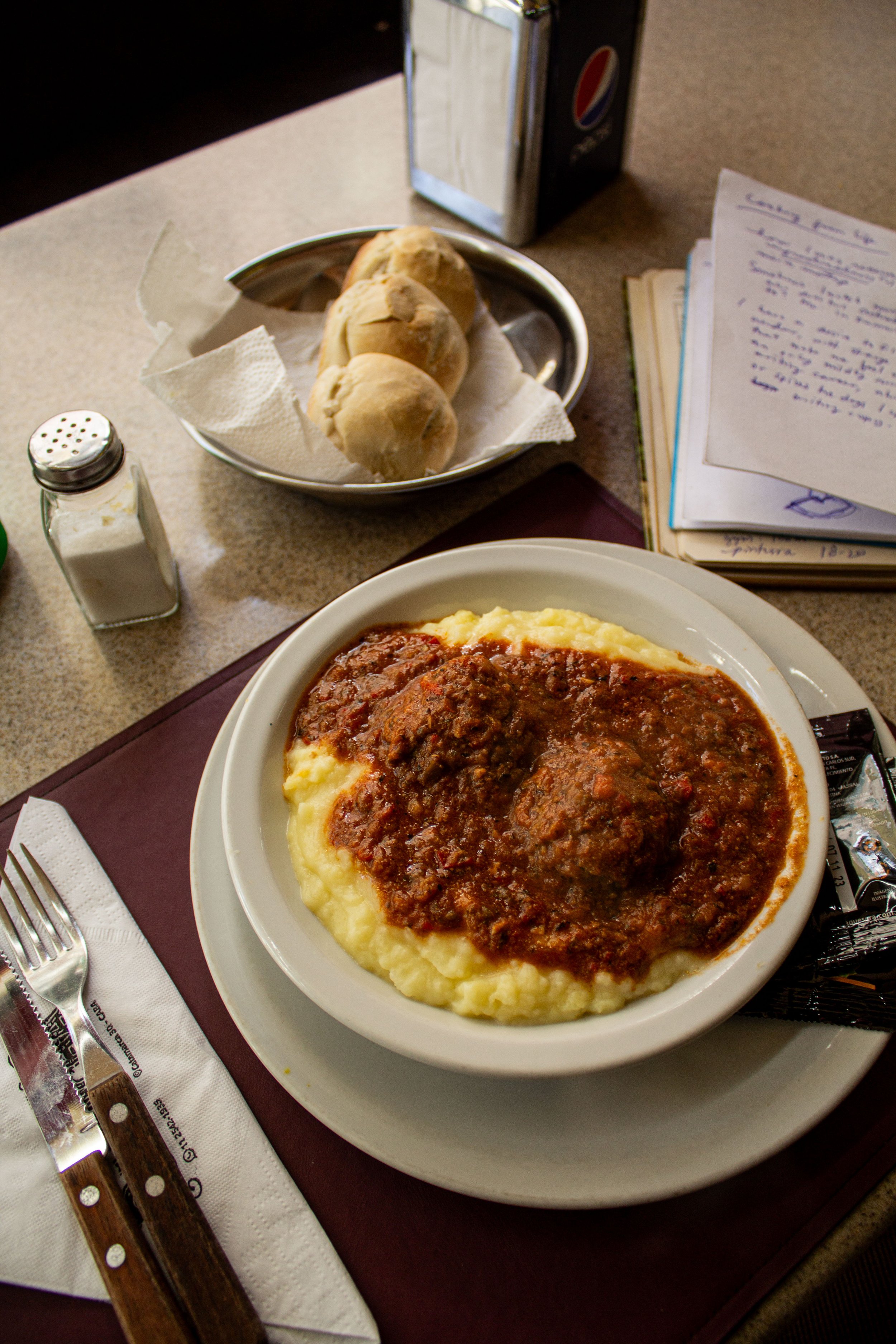
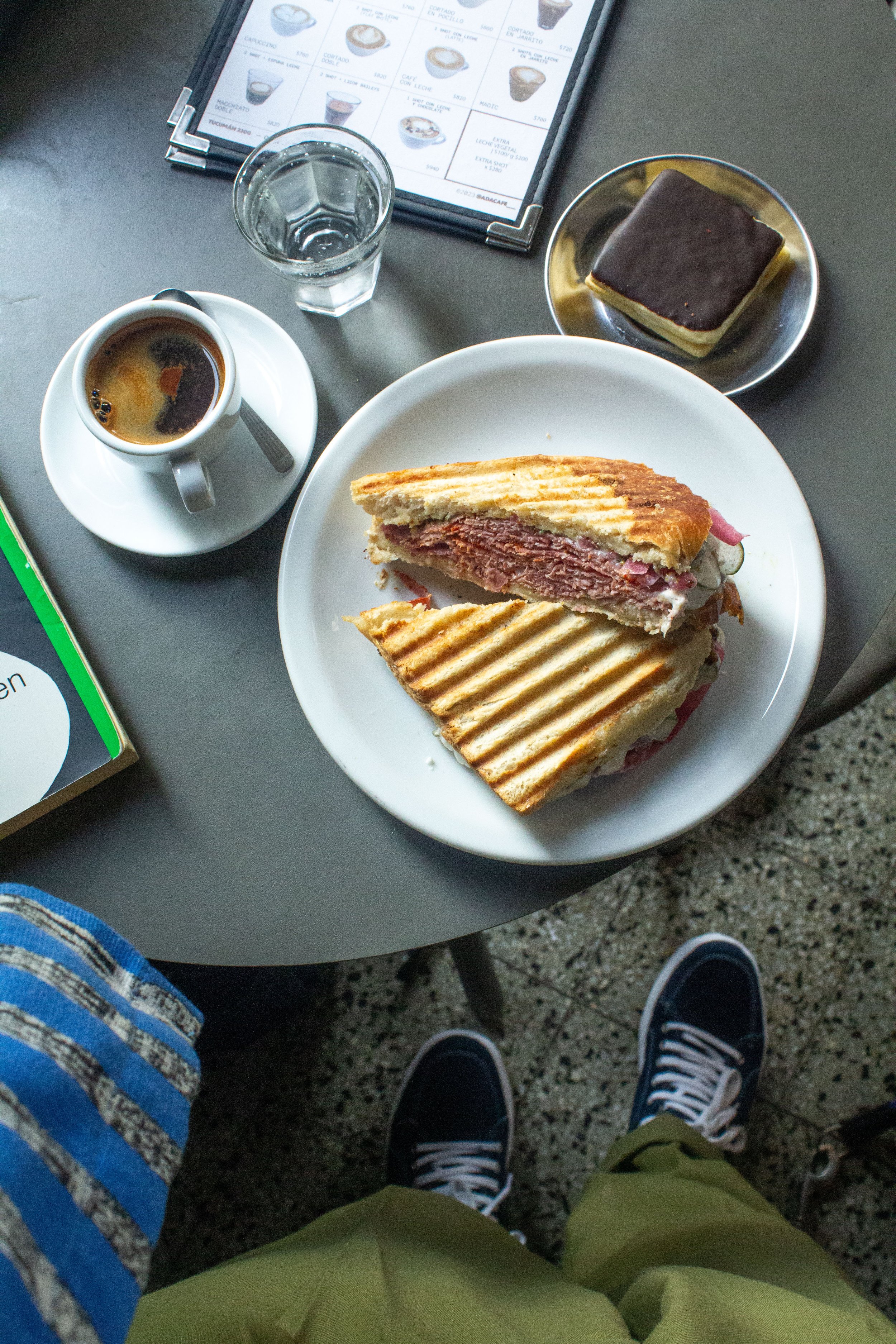
I think it’s this lack of care for definitions or being special, so disparate from new food culture that want to be categorized, photographed, and added to lists, that makes the neighborhood stand out. Once doesn’t care about being consumed, despite being the center of consumption. And because it’s so unbothered by imperfections, it is the neighborhood with the most surprises, particularly in its galerias. There’s a wonderful unnamed Peruvian joint on the first floor of the Beraja ‘Commercial Walk’ on the 300 block of Pueyrredon. I always order the menu del día and cross my fingers it’s the sticky fried chicken and beans. I eat whatever they give me to the soundtrack of someone’s kid playing Mario Kart on an old tv set in the back. There’s also a great juice shop with chicharron sandwiches at the back of the “Center One” on the 2400 block of Corrientes. If they run out of sandwiches, which they frequently do, there’s a small cevicheria and another dive that sells hominy and jerky stew on Saturdays. Outside you can eat on your feet — there’s a woman who sells pork tamales with a crumbly dough made with nixtamalized hominy and lard. Late into the night there's always delivery workers and double-parked cars on the 2100 block of Viamonte, where they sell sky high Venezuelan burgers from a tiny window that smells like bacon even when it’s closed. They’re best enjoyed on the curb hunched over to avoid dirtying your pants with grease.
As I was trying to squeeze out this story, I called down an order of old hen soup and peanut chicken from Leo’s. For the first time, they remembered my name and which bell to ring. “You’re the neighbor with the dog, right?” An initiation of sorts. I may not be able to define Once still (if that’s even possible?) but I’ve stopped caring. Now I’m a part of it.


